 Working Toward an Equitable Future in Architecture
Working Toward an Equitable Future in Architecture
This week, the Chair of the AIA National Equity in Architecture Commission, Emily Grandstaff-Rice, FAIA, shares an update on the work that the commission has done to promote equity and diversity in the profession of architecture. How is the AIA working to make the changes needed to have the profession of architecture more accurately represent the society in which we live? What’s planned for a more equitable future?
This week on EntreArchitect podcast, Working Toward an Equitable Future in Architecture with Emily Grandstaff-Rice, FAIA.
For Emily’s origin story, visit Episode 014.
Boston Society of Architects
Though Emily had never been the chair of a board of directors this size, at the beginning of this journey she jumped right in and got to meet the mayor of Boston and the mayor of Rome. During her tenure as President of the BSA, she became more comfortable in the public eye and developed leadership skills that she hadn’t encountered in her day-to-day architecture life.
Equity in Architecture
At the end of 2015, Emily was asked to chair the AIA National Equity in Architecture Commission. Though she felt fear and had some reservations about taking on such a responsibility, she knew she couldn’t say no. At the end of the commission, they presented 11 recommendations (see below) to the AIA Board of Directors with the goal of having the profession of architecture reflect the society that we serve. Emily recognizes this as some of the most important work she’s done in her career.
One the commission’s recommendations was to create a stronger pathway for students to go from community colleges to accredited degrees and to increase the number of scholarships aimed at diversity. Following the presentation, the AIA donated $1 million toward diversity advancement scholarships, funding 20 new school scholarships.
Creating Awareness
Based on research, making the profession of architecture diverse isn’t a “one size fits all” solution. It’s very nuanced, and has to be something that reaches to various levels because of different people and their unique approaches to the profession. As architects, we should be asking how we can be role models in our community. Can you go to the local career day at your school? Should you stand up for something within your influence? Create awareness in the public realm to what we do and how we change the environment, and we’ll make a difference.
11 Recommendations to AIA National Board of Directors
- Make equity, diversity, and inclusion a core value for the Board of Directors
- Measure and report how EDI permeates the AIA
- Launch EDI training for AIA volunteers and components
- Create guides for equitable, diverse, and inclusive practice
- Create a position paper on EDI and the profession
- Develop a firm self-assessment tool
- Require EDI data as part of AIA awards submissions
- Advocate for a more accessible path to higher education
- Engage children with K-12 architecture programs
- Tell our stories
- Ensure that AIA publications reflect EDI
To read more about all 11 of the commission’s recommendations, click here.
What is the one thing that small firm architects can do today to build a better business tomorrow?
“Ask yourself, ‘Am I reaching the whole of the community or just a piece of it?’ You don’t have to do everything, but there’s a large untapped market of future clients out there that small firms have a direct connection to. Marketing comes from who we see socially, and I challenge you to think about your connections in a larger, more equitable way. Are there connections you’re not tapping that you could?
“Secondly, listen to the people you work with and that you employ. Value their differences and work to understand that someone does something differently because they have a different viewpoint. Have conversations about what you don’t understand and what you want to know more about. Differences strengthen our relationships.” – Emily Grandstaff-Rice, FAIA
Connect with Emily online via LinkedIn, Twitter and Facebook.
Visit our Platform Sponsors
Freshbooks is the easy way to send invoices, manage expenses, and track your time.
Access your free 30 day trial at EntreArchitect.com/FreshBooks. (Enter EntreArchitect)
NCARB is helping architects reach their goals! Get back on track with the new AXP Portfolio.
Visit EntreArchitect.com/NCARB to learn more today.
BQE Software is designed specifically for architect’s project management!
Get a free 15-day trial at EntreArchitect.com/BQE.
ARCAT has huge libraries of free content, Specs, CAD, BIM and more. No registration required.
Visit EntreArchitect.com/ARCAT for more information.
Referenced in this Episode
EntreArchitect Profit for Small Firm Architects course (unlimited free access)
The post EA165: Working Toward an Equitable Future in Architecture with Emily Grandstaff-Rice, FAIA [Podcast] appeared first on EntreArchitect // Small Firm Entrepreneur Architects.
